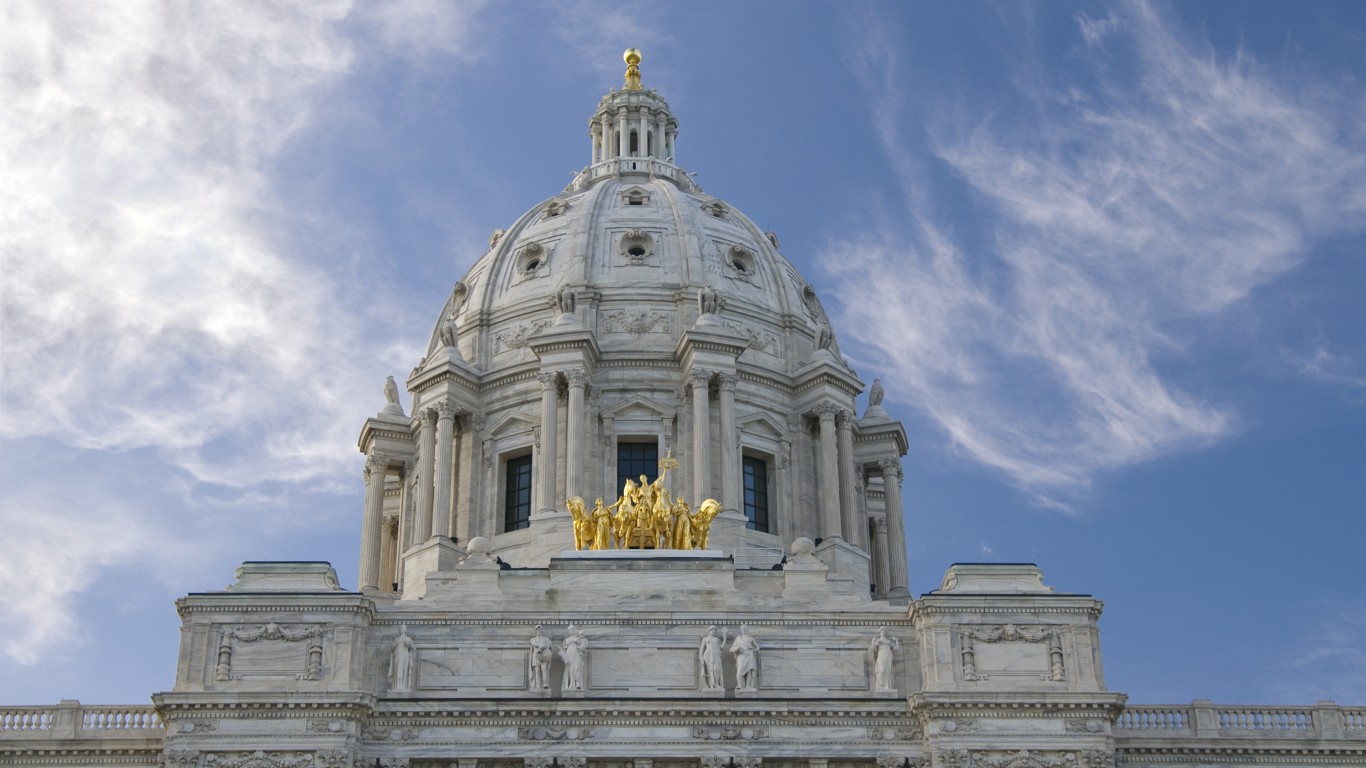
Minnesota residents could get some cash back from the state if a new tax plan from House DFL leaders is approved. The roughly $3 billion tax plan includes tax rebates from Minnesota, a tax cut on Social Security income, as well as a new tax credit for families with children.
Tax Rebates From Minnesota: Who Could Get Them And How Much?
Earlier this week, Minnesota House Democrats unveiled the details of their tax plan. The tax plan includes using about $1.25 billion of the record $17.5 billion budget surplus to send out tax rebates from Minnesota. It is estimated that about 2.5 million tax returns would qualify for the tax rebates from Minnesota.
“I think that doing a refund like this is a good use of one-time money in a tax bill. And so we really focused on getting money into the pockets of the Minnesotans who need it the most,” House Taxes Chair Aisha Gomez said.
Single filers would get up to $275, while joint filers would get $550. Also, each dependent (up to three) will qualify for $275 each. The annual income cut-off for single filers is $75,000, while for joint filers it is $150,000. It means a married couple (filing jointly) with three dependents could get $1,375 in tax rebate.
The rebate amount is significantly lower than the $1,000 minimum rebate proposed by Gov. Tim Walz earlier. Walz said it still is a good use of the surplus money.
“We have this one-time pot of money,” Gov. Walz said. “If we create something new, there’s going to be long-term costs.”
What Else Does The Bill Include?
Apart from tax rebates from Minnesota, the new tax plan also puts money toward a new working family tax credit. If the tax plan is approved, eligible families will get a child tax credit of up to $1,175 per child. The credit amount will be based on income eligibility limits. Those with an income of more than $35,000 will see the credit phased out.
Democrats believe the new working family tax credit would help in reducing child poverty by 23%. This credit is estimated to cost $700 million or more in the next budget.
The House plan also reduces the tax on social security income. Under the plan, married and joint filers with annual income less than $100,000 and single filers with annual income less than $78,000 would pay no tax on Social Security. The exemption would start to phase out for those with income above the threshold income.
This change is estimated to benefit about 280,000 returns, including 236,800 returns that would no longer be subject to a Social Security tax and 42,800 returns that would see a reduced tax. In other words, a full Social Security exemption would apply to three-quarters of people with Social Security income compared to about half of the current recipients.
Along with offering credits and rebates, the House DFL tax proposal also adds more sources of revenue. The proposal creates a new tax bracket of 10.85% for married couples with income more than $1 million and individuals with income over $600,000. Currently, the highest tax bracket is 9.85%.
Additionally, the bill also calls for new profit reporting requirements for multinational corporations. These new requirements will boost the corporate taxes revenue for the state.
This article originally appeared on ValueWalk
It’s Your Money, Your Future—Own It (sponsor)
Are you ahead, or behind on retirement? For families with more than $500,000 saved for retirement, finding a financial advisor who puts your interest first can be the difference, and today it’s easier than ever. SmartAsset’s free tool matches you with up to three fiduciary financial advisors who serve your area in minutes. Each advisor has been carefully vetted and must act in your best interests. Start your search now.
If you’ve saved and built a substantial nest egg for you and your family, don’t delay; get started right here and help your retirement dreams become a retirement reality.
Thank you for reading! Have some feedback for us?
Contact the 24/7 Wall St. editorial team.


